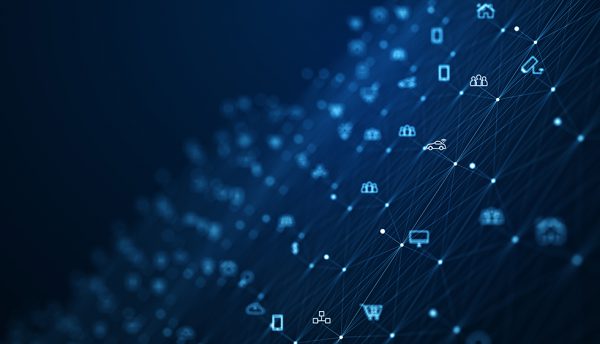Eltjo Hofstee, MD, Leaseweb UK, looks at edge computing in the context of growing IoT and why it should be incorporated into a data centre strategy.
In reference to the Internet of Things (IoT) as a concept back in the 1990s, little did Mark Weisler, then Chief Technologist at Xerox PARC, think that his words might come true when he said: ‘the most profound technologies are those that disappear. They weave themselves into the fabric of everyday life until they are indistinguishable from it.’ He probably had no idea at the time what an accurate prediction it would turn out to be.
We live and work in the Information Age, a time in which Weisler’s words have become reality. For cloud and associated technologies in their current state, the sheer volume of data being generated and the related need for speed is starting to present a challenge in terms of converting data quickly and accurately into useful insights.
But challenges almost always bring opportunity and in this context, solutions like edge computing, which support data processing either at, or near, the source of where it is generated are becoming increasingly mainstream.
What is edge computing?
Edge computing is the practice of processing data at or near the source of the data, as opposed to relaying it to a centralised location, as is done with cloud computing. The ‘edge’ refers to the actual space of the distribution, near the edge of the network. In edge computing, data is processed by the device itself or by a local computer or server, which reduces costs and ensures that applications can be used effectively in remote locations. While some data will always need to be processed in an actual data centre, businesses can minimise Internet bandwidth usage and boost performance and reliability by incorporating edge locations.
A growing need for edge computing
While edge computing is not necessarily new – remote working and branch offices have been a core aspect of business practices for years and require computing in multiple locations – we are seeing a major increase in the edge data centre market because of the dramatic increase in device usage and subsequent data generation. It’s anticipated that there will be nearly 30.73 billion IoT connected devices by 2020.
Edge computing is ideal for IoT for several reasons:
- The fact that the data is processed much closer to the source means that latency between devices and data processing layers is reduced, which translates to faster response and improved decision making. Costs are also reduced as less data is required to be processed in the cloud and network capacity for other workloads increases.
- Because edge computing enables the data to be localised, if a device does fail there is no ripple effect on other devices. Keeping the data locally also helps to heighten security and compliance as fewer opportunities are presented for cybercriminals to access all data simultaneously.
- Delivering and keeping data in smaller repositories makes it much simpler to compartmentalise data according to type and region for example, instead of having to pull extracts of data from one central database. It makes for easier aggregation of data as well as the provision of analytics in real-time.
Incorporating edge computing into your data centre strategy
There will always be a need for centralised computing – it’s easier to change, re-organise or analyse data that resides in a central data centre location. But as we continue to incorporate more devices into our everyday lives and businesses, the ‘data monster’ will keep growing. It’s estimated that by next year, 1.7MB of data will be created every second for every person on earth.
It’s therefore important for data centres to be aware of this growth in order to adapt and plan for it. It is not an easy fix or an instant adjustment – executing an edge computing strategy will take time and careful planning, as well as resources and geographical readiness. Don’t put all the focus on the short-term goals. When planning, organisations need to ask themselves where they are now, where they will be in five years and what will they do to enable change?
Some key considerations when planning an edge computing strategy include:
- Easy deployment – as the compute is often in more remote locations without full IT staff to attend to it, any edge computing strategy needs to be easy and quick to install and get up and running
- Reliability – businesses that rely on edge computing can have hundreds of sites and cannot afford to constantly be travelling to check in on them, so systems need to be reliable and have longevity
- Automation – due to location, automation is key to keep the systems running without IT too much manual attention
- Self-healing – edge computing systems must run with as little management as possible with any tasks needed being performed remotely and with ease
- Scalability – edge computing needs often vary depending on the type of business, so these systems should be able to scale up and down again
Future proofing the edge
Edge computing is primed to play a major role in the continuing deployment of IoT devices. The online gaming and gambling industry for example will also start to drive a different type of IoT market as controllers strive to provide even more realistic experiences.
As IoT devices continue to insert themselves into all aspects of society, the demand for a solution like edge computing will become much stronger. The time for preparing for edge computing and data centres is now. By planning your strategy ahead of time, you will be better equipped to serve your customers.
Click below to share this article




